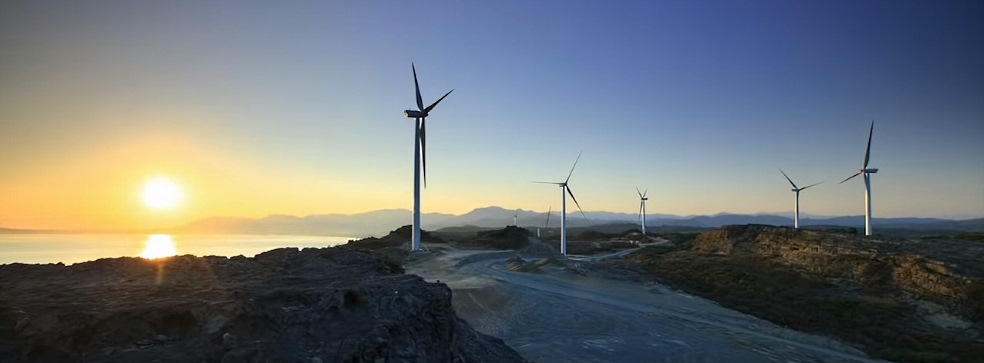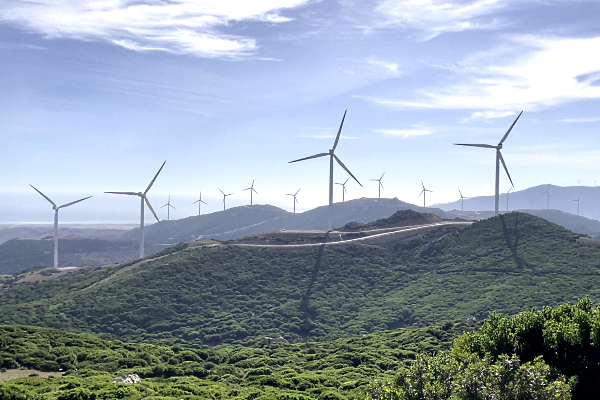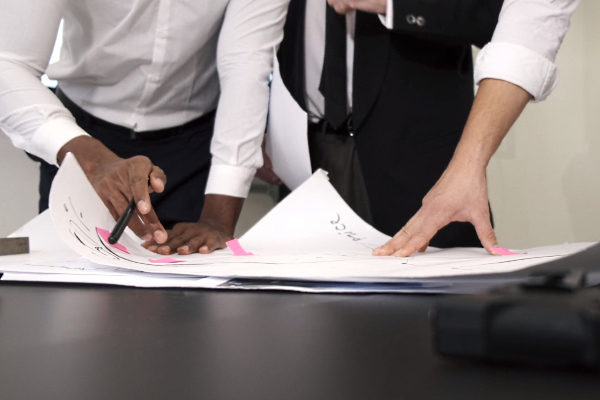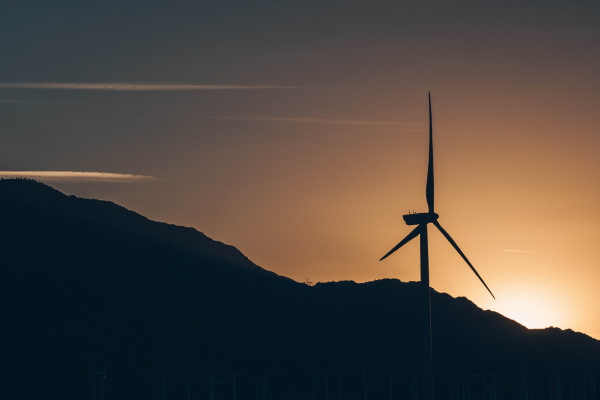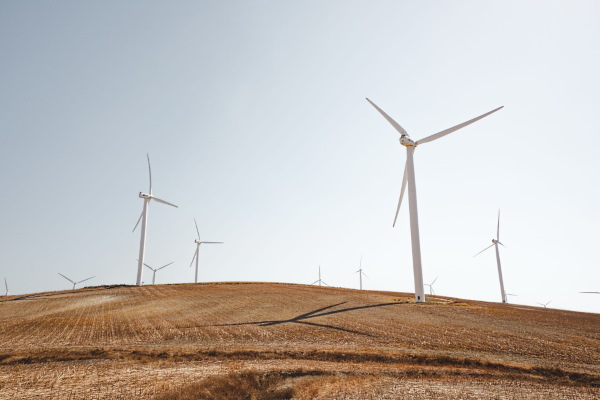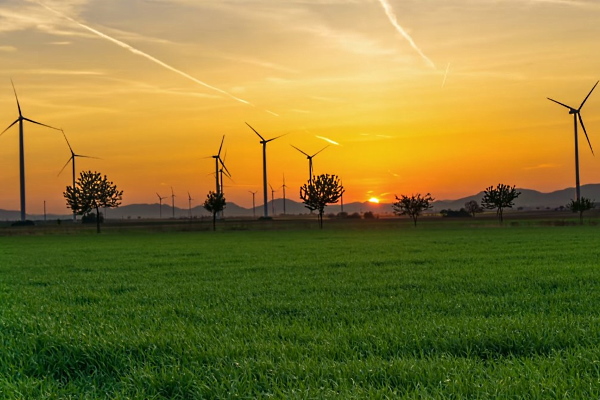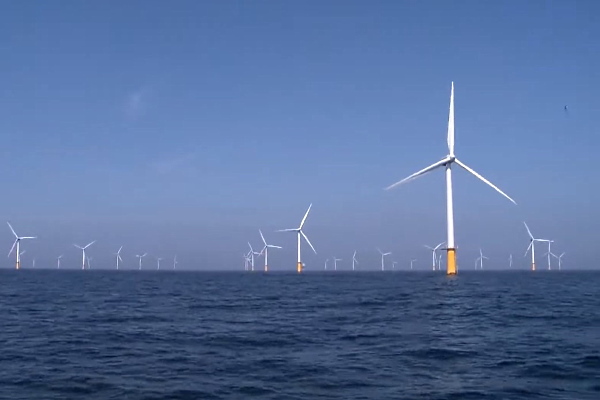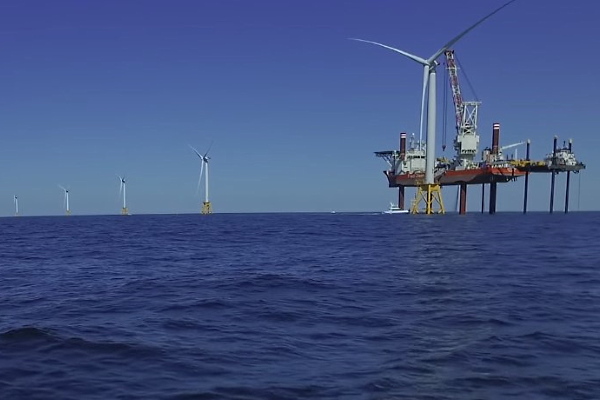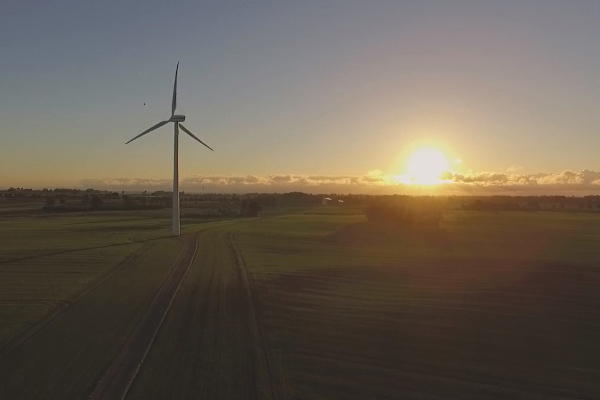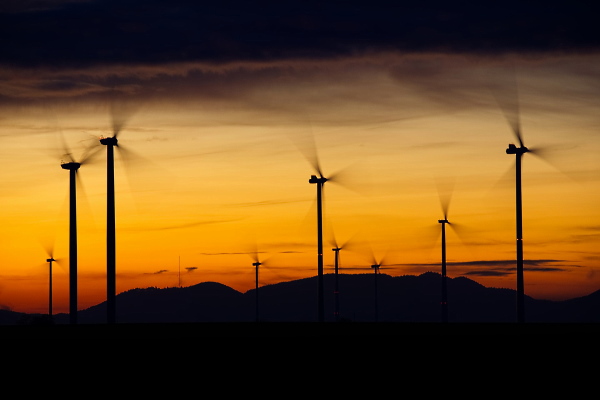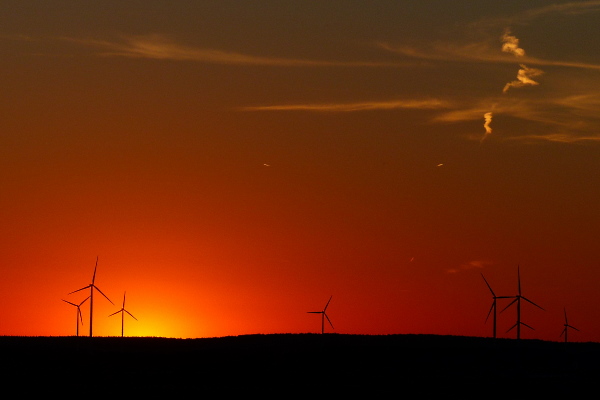To consider an application for financing, fill out the form and send it to us by e-mail along with the project brief, or contact our experts
Despite the fact that the share of coal-fired power plants in the country's energy mix exceeds 40%, the Philippines is confidently moving towards renewable energy sources.
The company SI offers financing and construction of wind farms in the Philippines under the EPC contract.
We provide a full range of services for long-term project financing.
Experienced managers and engineers are ready to help you at any stage of the project.
Services include:
• Feasibility study and project finance.
• Search for a site for construction and research.
• Legal support, negotiation and obtaining permits.
• Preparation of technical documentation for the construction of wind farm.
• Design and purchase of the necessary equipment.
• A full range of construction and installation works at the facility.
• Construction of an electrical substation and power transmission line.
• Training of operators and other customer personnel.
• Customer support throughout the entire project life cycle.
• Testing and commissioning.
Renewable energy sources in Southeast Asia are becoming more cost-effective compared to fossil fuels.
Carbon Tracker predicts that in the second half of the 2020s, it will be cheaper for countries in this region to build a new wind farm compared to operating existing coal-fired power plants.
If you are planning a renewable energy project in the Philippines, contact SI at any time.
Renewable energy in the Philippines
The Philippines, one of the fastest growing economies in Southeast Asia, relies heavily on coal, 75% of which is imported.This situation does not contribute to either sustainable development or the country's energy security.
The Renewable Energy Act of 2008 was the signal for the transition to clean energy, a movement that is gaining momentum. During the presentation of the National Renewable Energy Program (NREP) in 2011, it was officially recognized that renewable energy should provide a sustainable future for the country.
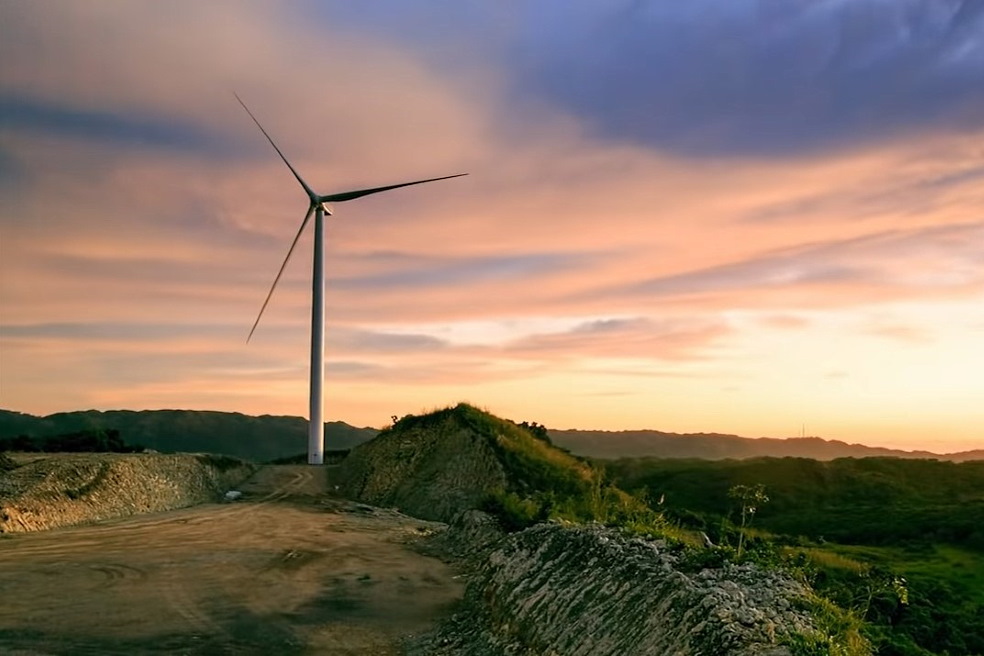
To ensure significant energy production while reducing energy-related CO2 emissions, the country has set a goal to increase its renewable energy capacity by 2030, with a planned target of 15,400 MW of installed capacity.
This should be enough to cover half of the country's electricity needs.
The largest wind farms in the Philippines are listed in the table below:
| Wind farm | Location | Installed capacity | Year of commissioning |
| Burgos Wind Farm | Ilocos Norte | 150 MW | 2015 |
| Carispisan Wind Farm | Ilocos Norte | 81 MW | 2014 |
| Bangui Wind Farm Phases 1, 2 and 3 | Ilocos Norte | 54 MW | 2005-2014 |
| TAREC | Guimaras | 54 MW (+40 MW)* | 2014 |
| Pililla | Rizal | 54 MW | 2015 |
* - according to the official expansion plan announced in 2016.
Regions of active wind energy development such as Puerto Galera have long been world renowned tourist destinations, offering spectacular beaches and wildlife.
Some wind farms are now becoming tourist attractions, blending harmoniously with the local landscape and economy.
In 2020, the Philippines decided to end construction of coal-fired power plants, declaring a moratorium on new projects. The government may in the future allow new construction of these facilities if the country needs additional capacity, but the trend in the development of energy has already been predetermined.
The policy of the Philippine authorities is aimed at the construction of wind farms, as well as the development of new solar and geothermal projects.
According to Prime Minister Alfonso Cusi, the Philippines must move quickly from fossil fuels to clean energy sources in order to ensure sustainable growth of the country.
Construction of wind farms in the Philippines under the EPC contract: general contractor
Most of the major energy projects in the Philippines are implemented in EPC format.Behind the term EPC is the name of one of the most comprehensive types of contract between the customer and the contractor.
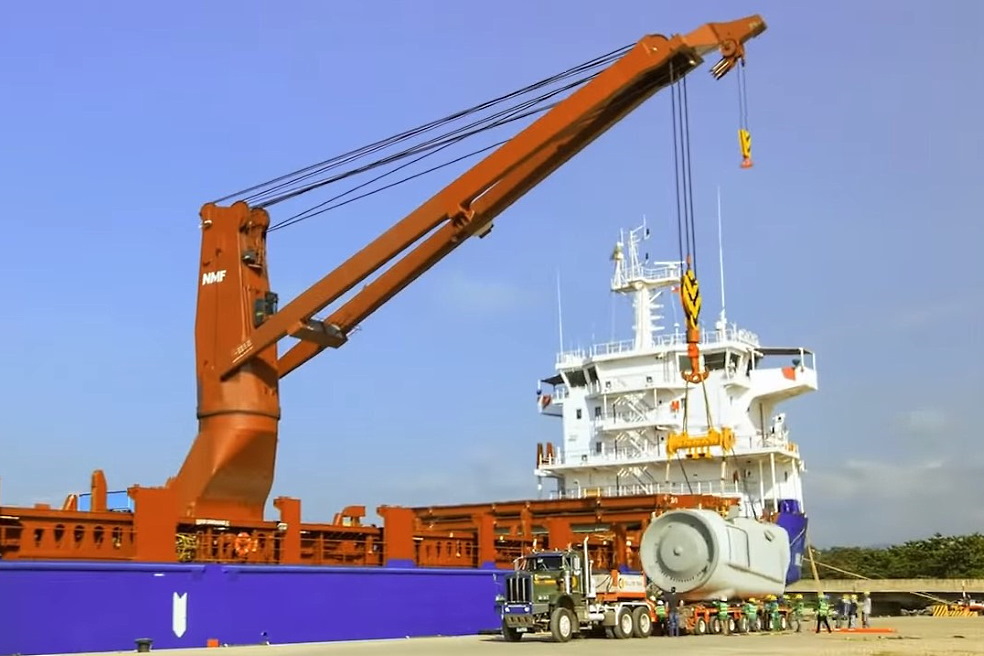
At the conclusion of an EPC contract, the general contractor undertakes to perform engineering design, equipment procurement and construction work for the customer.
One project – one contract
After signing the contract, the general contractor takes full responsibility for the timely implementation of the project and assumes all possible risks.The commissioning date and cost of the wind farm are set by the contract in advance.
All details are specified in the contract, and in case of failure to fulfill the obligations assumed, the general contractor will compensate the customer for all losses.
The customer does not need to solve any organizational issues.
He works with only one EPC contractor, and this company must find contractors for all types of work on the construction site. The conditions fixed by the contract stimulate the engineering company to fulfill all obligations on time.
In case of non-fulfillment of the contract, the contractor faces large losses due to the payment of the penalty and loss of business reputation.
Reducing project duration: EPC contracting
The benefits of using the EPC model are obvious.Since all project management tools are in one hand, the construction time for a wind farm can be significantly reduced. The integration of various functions essentially means the synchronization of various processes.
If several independent subcontractors carry out major work in sequence, a single general contractor can combine many processes.
It is important to understand that a decrease in the duration of a project leads to financial savings, since the attracted funds (loans) always have their own value. If the investor starts generating profits earlier, this greatly reduces the payback period of the project.
End-to-end responsibility
The typical life cycle of a large wind power project is spread over a large calendar period and consists of many links.Among them, obtaining licenses, engineering design, supply of wind turbines, construction, operation, etc.
The choice of technology and obtaining licenses occurs at the very beginning of the life cycle. There is always a risk that at subsequent stages the conditions for using the selected technology will change. The situation may require slightly different design solutions, other suppliers, other equipment, adjustments at the construction site.
As a result, a variety of "deviations" from the technology may accumulate, which ultimately will not allow achieving the customer's initial goals in terms of installed capacity, reliability, maintenance cost, etc.
Having an experienced EPC contractor provides end-to-end responsibility.
This is not only about legal responsibility, but about real professional responsibility. By working directly with numerous small contractors, it is almost impossible for customers to achieve their original goals without additional investment costs and delays.
Often, such cooperation ends in lawsuits, which negatively affects business.
It is also important to understand that the benefits of end-to-end responsibility may not be visible until the facility is operational. This benefit becomes apparent when the power plant starts producing energy and your accountants calculate the profit.
Advanced technical solutions
Any investment project, like a living being, initially depends on "good genetics".This biological principle is fully applicable in energy engineering.
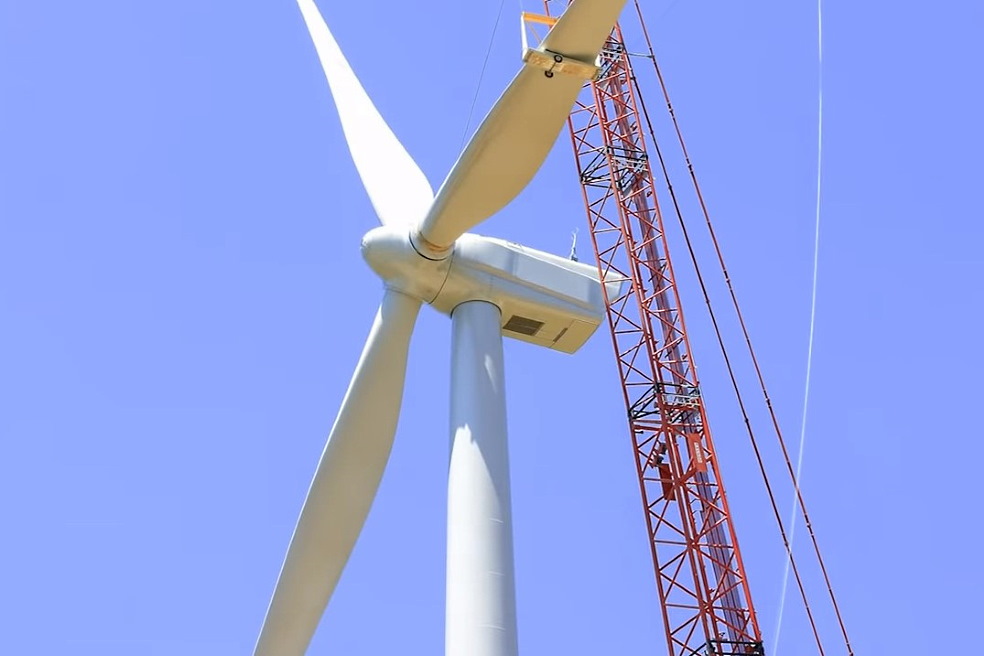
A responsible EPC contractor with a highly qualified team will prepare technical documentation within a reasonable time frame, using advanced solutions and experience from similar projects.
The same goes for the selection of suppliers and subcontractors.
In other words, it is always possible to improve the results of the project and increase the profitability of the wind farm through more efficient technical and organizational solutions. Therefore, finding a reliable EPC contractor in the Philippines is a top priority for any company planning large projects in this area.
As one of the largest European engineering companies, our company is ready to offer its Philippine customers the most advanced technical solutions.
Reducing the price of risks
Let's define the term "risk".We will understand by this term any unplanned events.
This includes material price changes, heavy rainfall during construction, equipment delivery delays, and more.
As the practice of implementing large wind energy projects shows, the cost of risks can reach 50-100% of the initial budget. The professionalism of the EPC contractor makes it possible to translate risks into planned events and provide for measures to reduce their impact on the project.
Project financing
In most cases, investors seek to obtain bank loans to finance large wind power projects.Here the effect of financial "leverage" arises, when companies sharply increase their capitalization due to external resources. A particularly large effect occurs with project financing, when a loan is issued for a future project.
When banks give a loan, first of all they think about whether they will return the money, and only after that they think about their potential profit.
If the project turns out to be little profitable or unprofitable, the bank will have to look for other ways to get the money back.
As a consequence, most large banks like it if the project is implemented by a reliable EPC contractor with a good track record. It is even better if the same contractor has already participated in projects financed by the same bank.
Sometimes the presence of an EPC contractor is required to obtain a loan on favorable terms.
Energy project management services in the Philippines
Like most developing countries, the Philippines faces numerous technical, economic, political and environmental challenges in its energy projects.The participation of large European engineering companiesin the construction of wind farms contributes to the higher efficiency, reliability and return on investment of these projects.
At each stage of the project life cycle, managers have specific challenges, so project management in the wind energy sector must take into account many aspects of electricity generation and sale.
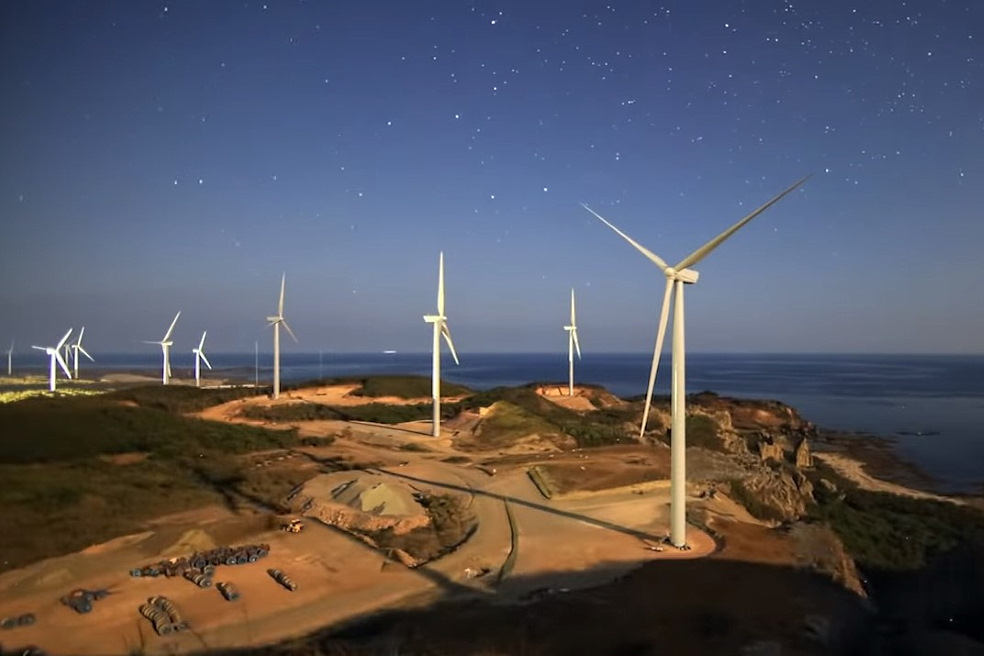
Specialists help the customer at all stages of the project:
• Development of a business idea and project goals.
• Conducting research and engineering activities.
• Development and approval of technical documentation.
• Obtaining permits for the construction and operation of a wind farm.
• Purchase of equipment, as well as construction and installation.
• Testing and putting the wind farm into operation.
• Operation and maintenance.
At the initial stage of the project, a general business model is developed, on the basis of which the object will subsequently operate.
Therefore, the effectiveness of project management as a whole depends on the correct choice of the model at the earliest stage.
The quality of management during the construction phase has the greatest impact on the success of the project, due to the high cost of this phase. The construction of a wind farm in the Philippines is time-consuming, labor-intensive, and financially demanding process, with high risk and uncertainty.
After the commissioning of a power plant, operating costs dominate the cost structure.
A feature of modern facility management in the RES sector is that the generation and supply of electricity is mainly controlled by computerized systems, and the cost of maintaining staff can be minimized.
When managing a project, it is important to consider the specifics of the Philippine energy sector:
• Difficult terrain, high seismic activity and unfavorable weather conditions.
• High capital intensity of construction of a wind farm.
• Extensive opportunities to replace fossil fuels energy.
• Significant fluctuations in energy consumption and generation.
• The limited possibilities of creating a reserve of energy.
• The need to improve the reliability and flexibility of generation.
• Insufficiently developed infrastructure.
Wind project management involves numerous responsibilities, including organizing, planning, coordinating, quality control, minimizing risks, collecting and reporting information, and more.
If you are interested in professional energy financing services in the Philippines and other Southeast Asian countries, please contact us.
We will be happy to answer any questions and provide you with any assistance.



